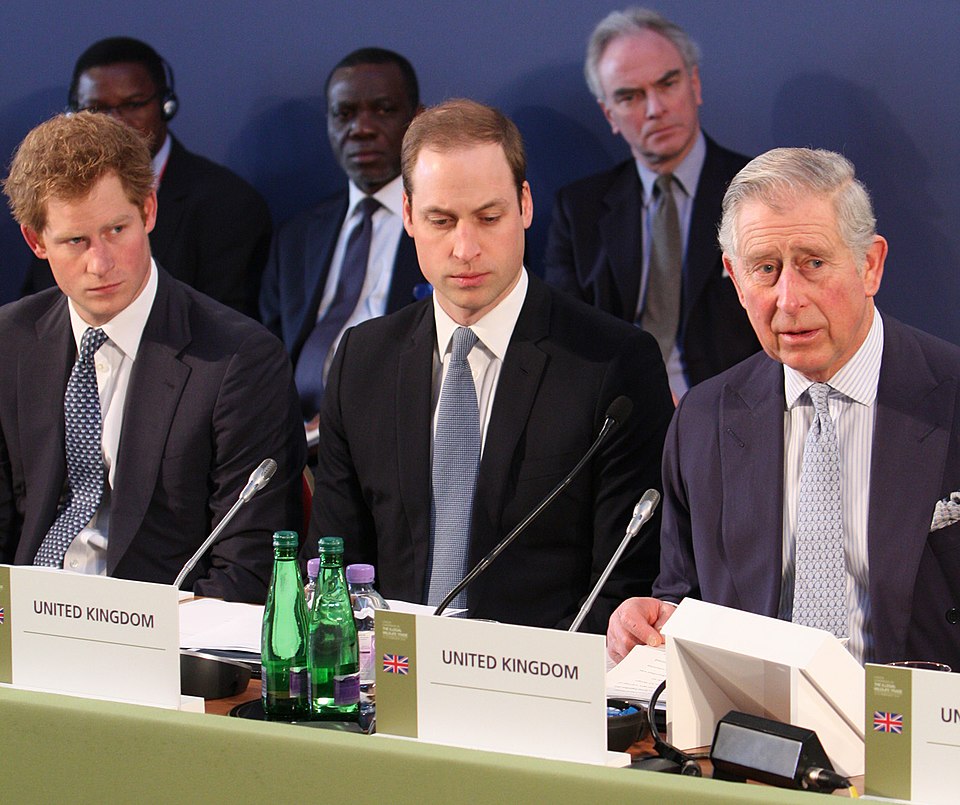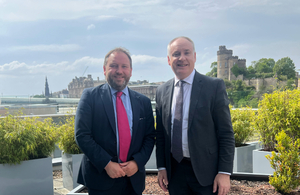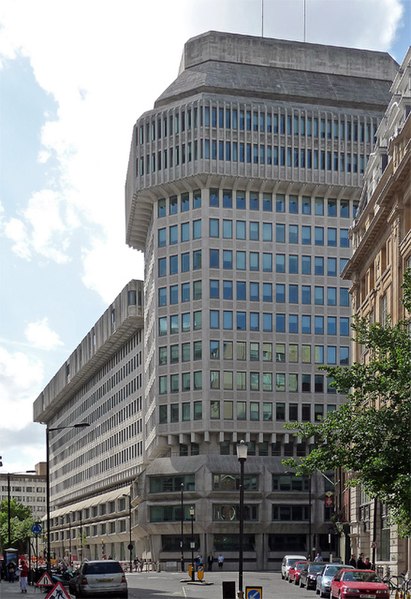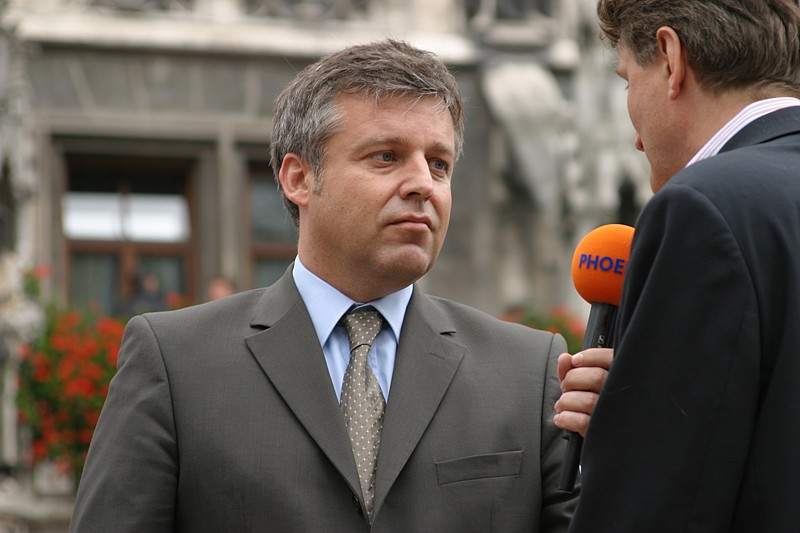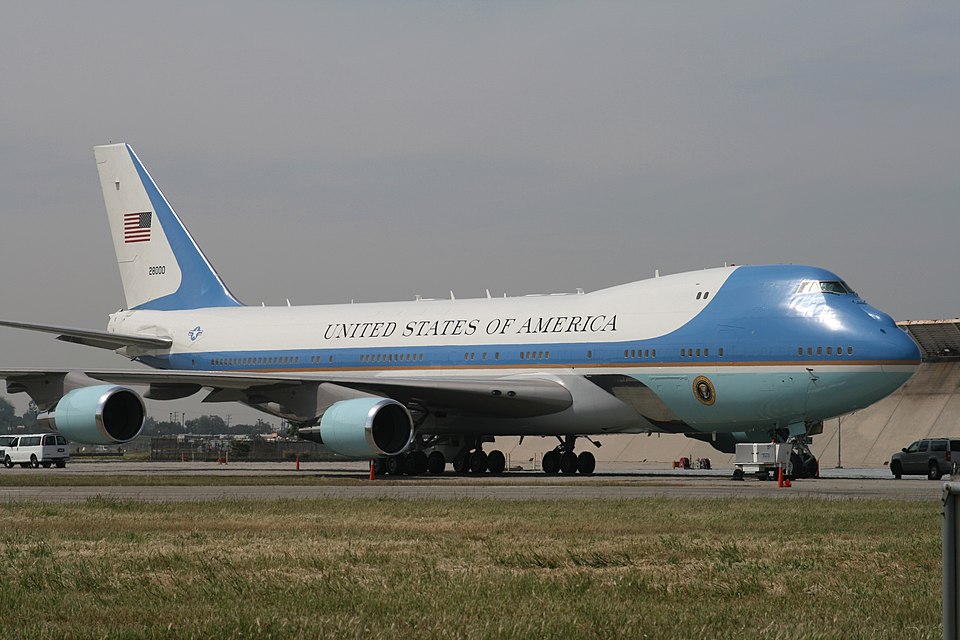
London’s transport network faced further scrutiny today following reports of severe delays on multiple TfL lines during rush hour, as noted by The Evening Standard at 08:40 CEST on May 14,
2025. While not within the exact five-hour window, the ongoing issues tie directly to today’s Mildmay line suspension and reflect persistent challenges for Transport for London. The delays, affecting lines like the Elizabeth, Jubilee, and Northern, stem from a combination of technical faults and external incidents, including Monday’s power outage.
The power cut on May 12, caused by a National Grid fault in south-west London, crippled the Bakerloo, Waterloo & City, and Mildmay lines, with knock-on effects across the network. A fire at a Maida Vale substation exacerbated the chaos, trapping three Tube trains in tunnels for up to 40 minutes. TfL’s response, including poor communication, drew criticism, with passengers like one commuter stranded for two hours due to a lack of announcements. The organization has since promised to enhance real-time notifications via its TfL Go app.
Today’s Mildmay line suspension, caused by an animal on the tracks, highlights TfL’s vulnerability to unpredictable events. The incident follows a pattern of disruptions, with the Lizzie line and six Tube lines halted earlier this week. TfL’s aging infrastructure, coupled with funding constraints, has been cited as a root cause. The government’s recent relocation of 12,000 civil service jobs out of London may further strain TfL’s revenue, as commuter numbers fluctuate.
Commuters are increasingly vocal about the need for systemic upgrades, with some calling for nationalization of rail services to improve reliability. TfL has defended its efforts, pointing to investments in new trains and signaling systems, but public patience is wearing thin. The economic impact is significant, with delays costing businesses millions annually in lost productivity. London’s status as a global financial hub depends on a robust transport network, making these issues a political lightning rod.
TfL’s leadership has pledged to review incident response protocols, particularly after the substation fire exposed coordination gaps with the National Grid. For now, Londoners face ongoing uncertainty, with TfL urging passengers to plan journeys in advance. The confluence of technical, environmental, and financial challenges paints a complex picture for the capital’s transport future. Photo by Sunil060902, Wikimedia commons.



